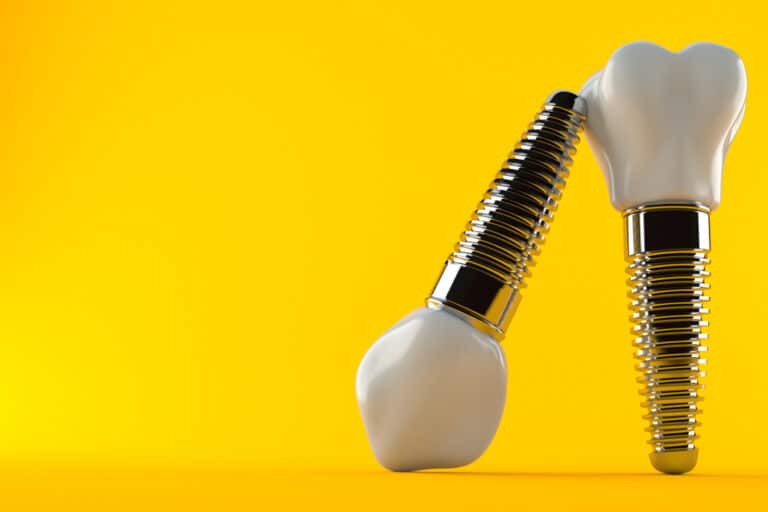At Astoria Dental Group, our team is dedicated to helping patients enjoy their best smile. We offer a range of general dentistry services to preserve tooth health, as well as restorative dentistry treatments to repair dental damage.
However, despite the best efforts of patients, we understand that tooth loss does occur. When a tooth is missing, our goal is to effectively rebuild the smile so that patients can once again enjoy an attractive and fully functioning smile.
Dental bridges and dentures are two of the most common solutions for tooth loss. Today’s dental restorations are strong, durable, stable, and attractive. Unfortunately, that wasn’t always the case. Here patients can learn more about the history of dental bridges and dentures that influenced the restorations offered at our Queens, NY dental practice today.
Early Types of False Teeth
It took many centuries for the professional field of dentistry to fully develop. Based on archeological findings and historical writings, we know that tooth loss has always been an issue, and there have nearly always been solutions for the problem.
These early types of false teeth differ greatly from those available today. Some of the most notable restorations used throughout history include animal bones and teeth, human teeth, gold, ivory, and wood.
Improved Restorative Materials
Starting in the 17th century, porcelain became a popular choice for dentures and dental bridges. Porcelain teeth would usually be set into an ivory base.
Ivory provided a stable base, but dentures and bridges didn’t always fit well. Although porcelain teeth were attractive, they were too brittle and would chip easily.
Finally, during the 20th century, advances were made that significantly improved the design of the dental bridge and dentures. One of the most notable inventions was acrylic resin, a moldable plastic. Acrylic resin could be used to make the base and teeth in dentures, as well as false teeth in dental bridges.
Other technological advances improved the fit and stability of dentures and bridges. X-rays and digital images allowed dentists to see underlying bone structure so that dentures could better fit to the shape of the mouth.
Dental bridges were attached to adjacent teeth using dental crowns.
All of these advances made dental restorations stronger and more stable, which further improved oral functions.
Modern Dental Advances
The most recent advances to impact dentures and dental bridges are dental implants and zirconium. Dental implants provide a stable base for dentures and bridges, while zirconium provides a durable and attractive restorative material.
Dental implants are small screws that are implanted into the jaw bone, where they act as artificial tooth roots. Dental implants fuse with the patient’s natural jaw bone and provide the most stable base for dentures and dental bridges. With implants as a support, dentures and dental bridges can truly function just like the natural teeth.
Zirconium is a material that has been used in the medical field for years, primarily to make bone replacements. Zirconium is highly biocompatible. It is also a durable and translucent material that will not chip or stain, making it a good material for dental bridges and dentures.
Contact Us
If you have suffered from tooth loss, there are many restorative dentistry treatments that can rebuild your smile. To learn more about the treatments offered at Astoria Dental Group, contact us at your earliest convenience. You can call (718) 215-0510 to schedule an appointment with one of our experienced dentists.




